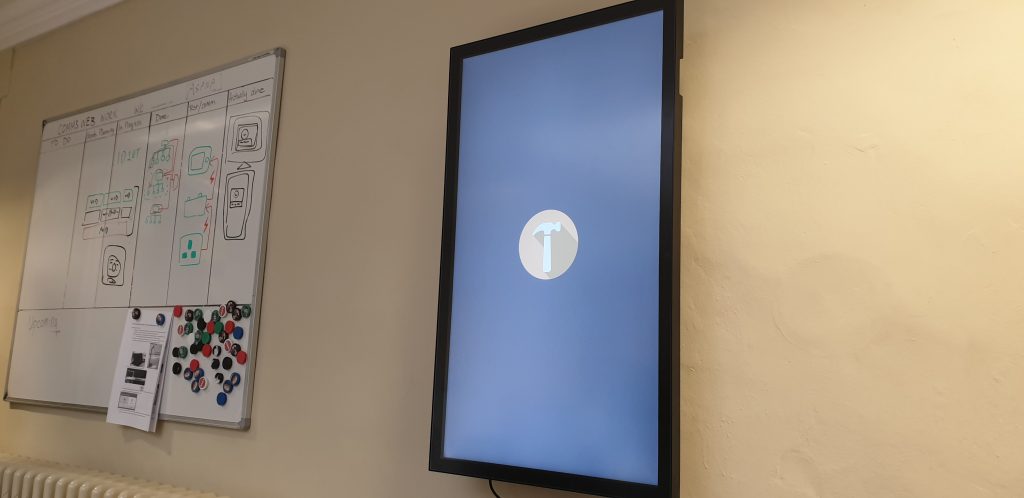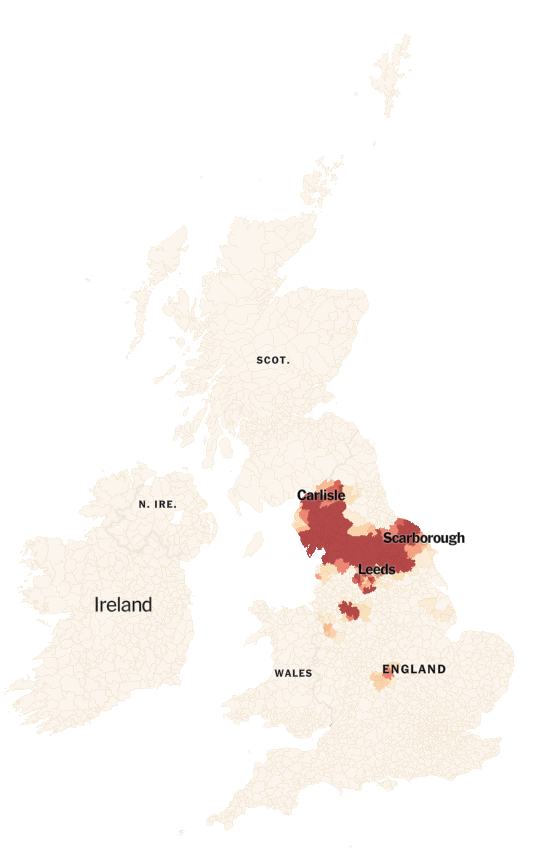…
If you google “learn to code,” the first result you see is a link to Codecademy’s website. If there is a modern equivalent to the Computer Literacy Project, something with
the same reach and similar aims, then it is Codecademy.
“Learn to code” is Codecademy’s tagline. I don’t think I’m the first person to point this out—in fact, I probably read this somewhere and I’m now ripping it off—but there’s something
revealing about using the word “code” instead of “program.” It suggests that the important thing you are learning is how to decode the code, how to look at a screen’s worth of Python
and not have your eyes glaze over. I can understand why to the average person this seems like the main hurdle to becoming a professional programmer. Professional programmers spend all
day looking at computer monitors covered in gobbledygook, so, if I want to become a professional programmer, I better make sure I can decipher the gobbledygook. But dealing with
syntax is not the most challenging part of being a programmer, and it quickly becomes almost irrelevant in the face of much bigger obstacles. Also, armed only with knowledge of a
programming language’s syntax, you may be able to read code but you won’t be able to write code to solve a novel problem.
…
So very much this! I’ve sung a song many times about teaching people (and especially children) to code and bemoaned the barriers in the way of the next (and current!) generation of programmers, but a large part of it – in this country at least – seems to come down to this
difference in attitude. Today, we’ve stopped encouraging people to try to learn to “use computers” (which was, for the microcomputer era, always semi-synonymous with programming owing
to the terminal interface) and to “program”, but we’ve instead started talking about “learning to code”. And that’s problematic, because programming != coding!
I’m a big fan of understanding the fundamentals, and sometimes that means playing with things that aren’t computers: looms, recipe cards, board games, pencils and paper,
algebra, envelopes… all of these things can be excellent tools for teaching programming but have nothing to do with learning coding.
Let’s stop teaching people to code and start teaching them to program, again, okay?


